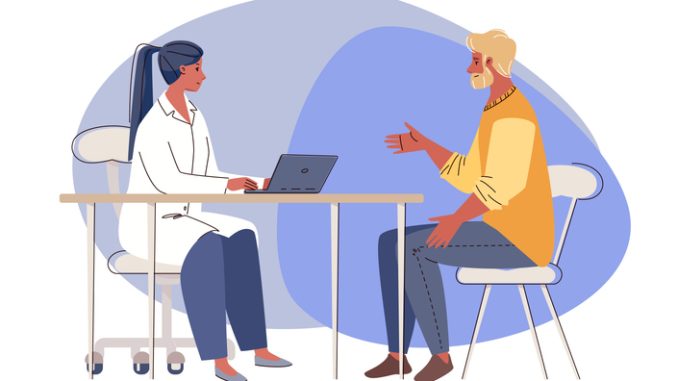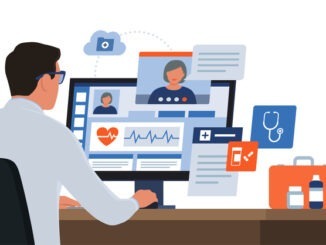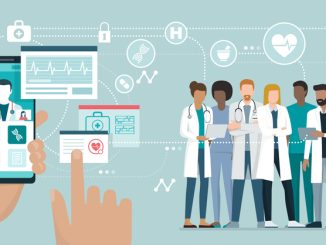For practice managers, navigating the transition beyond the appointment-first model is paramount, offering the promise of heightened operational efficiency, improved staff morale, and enhanced patient satisfaction amid the evolving landscape of healthcare demands
CREDIT: This is an edited version of an article that originally appeared on NHE
Back in 1948, a 10-minute face-to-face appointment was the hallmark of care delivery when the NHS took its first steps. Seventy-five years later, despite leaps in medical technology, the familiar ‘appointment-first’ model persists in general practice. However, the challenges we face today suggest it might be time to bid farewell to this traditional approach, deemed unsustainable in the contemporary healthcare landscape.
Understanding the challenges
The current model’s shortcomings are evident. The dwindling ratio of GPs to patients, exacerbated by the elective backlog, and an aging population with complex conditions strain general practice. This makes timely service and care continuity elusive, leading to historically low patient satisfaction and staff morale.
A paradigm shift in practice
Yet, even amid these challenges, primary care teams exhibit remarkable innovation, propelling new ways of working. Practices like St Andrews Health Centre in London and Peel Hall Medical Centre in Manchester exemplify a paradigm shift. They resolve a staggering 99% of patient requests within 48 hours, offering a beacon of hope for a more efficient future.
Consider the implications: 99% of patient needs met within just 48 hours, a feat with profound implications for the future of general practice. Drawing inspiration from such practices, we believe that most can resolve a significant chunk of patient requests—25%-50%—via messaging, bypassing the need for an appointment.
A Modern General Practice Access (MGPA) model
These innovative practices diverge from the default appointment-first model, embracing a Modern General Practice Access (MGPA) model or total triage. They triage requests swiftly—often within 1-2 minutes—deciding the best course of action, be it a questionnaire, advice via SMS, or an actual appointment. This approach promises more sustainable routes for patient access.
Beyond the numbers: The patient perspective
Crucially, this isn’t just about easing the load on staff—it resonates with patients. The MGPA model ensures swift responses and appropriate actions, aligning with the realities of modern life where taking time off for a daytime appointment is often impractical.
Data-driven benefits
A survey of 373 GP practice staff reveals the tangible benefits of this model:
- 81% state that their practice is better equipped to handle patient demand.
- 75% provide a more equitable service prioritising requests based on clinical need.
- 65% report increased patient satisfaction.
- 50% find increased job satisfaction, and 58% note a more manageable workload.
The shift towards a MGPA model not only improves patient outcomes and satisfaction but also positively impacts staff morale. With phones ringing less frequently and staff finding more time for meaningful patient care, this innovative approach might be the key to retaining a resilient workforce in times of shortages and low morale. It’s not just about reimagining patient access; it’s about transforming the very fabric of general practice.




Be the first to comment